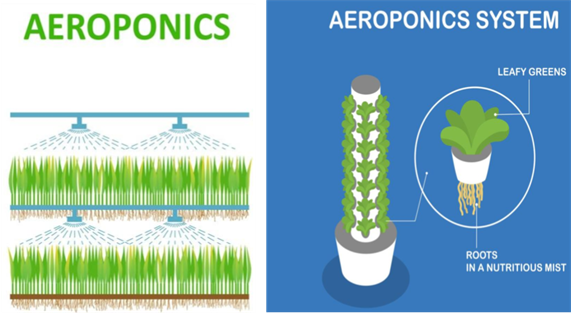
PUMPA - SMART LEARNING
எங்கள் ஆசிரியர்களுடன் 1-ஆன்-1 ஆலோசனை நேரத்தைப் பெறுங்கள். டாப்பர் ஆவதற்கு நாங்கள் பயிற்சி அளிப்போம்
Book Free DemoHydroponics:
The method of growing plants without soil using mineral nutrient solutions in water is known as hydroponics.
Hydroponics is a method of horticulture that was demonstrated by a German Botanist Julius Von Sachs in 1980. In this method, containers made of glass, metal or plastic that range in size from small pots for individual plants to huge tank for large scale growing is used.
This method of cultivation was very successful in the commercial production of seedless.
In this method, the plants are suspended with their roots submerged in water that contain plant nutrients. The roots of these plants are not involved in anchoring function but absorb water and nutrients. As these roots are not involved in the anchoring function, they must be mechanically supported from above.

Hydroponics
Importance of hydroponics:
- Using this method, water and nutrients can be conserved.
- Using this method, the growth of plants can be controlled.
- In places such as deserts and arctic regions, hydroponics is an effective alternative method.
Example:
Lettuce, cucumbers, tomatoes, spinach, strawberries, bell peppers and herbs are some of the plants that can be grown with this method.
Aeroponics:
It is the process of growing plants in an air or mist environment without the use of soil. It is a high-tech type of hydroponic gardening. As mentioned in this technique, the growth medium is primarily air. The roots of these plants hang in the air and are misted with nutrient solutions. This misting is done usually for every few minutes because roots will dry out rapidly if the misting cycles are interrupted.
There is a timer set up, in this setup which controls the nutrient pump, much like other types of hydroponic systems. Unlike the hydroponic systems, the aeroponic system requires a short cycle timer that runs the pump for a few seconds every couple of minutes.

Aquaponics
Example:
Lettuce, strawberries, tomatoes, mint and basil are some of the plants grown with this technique.